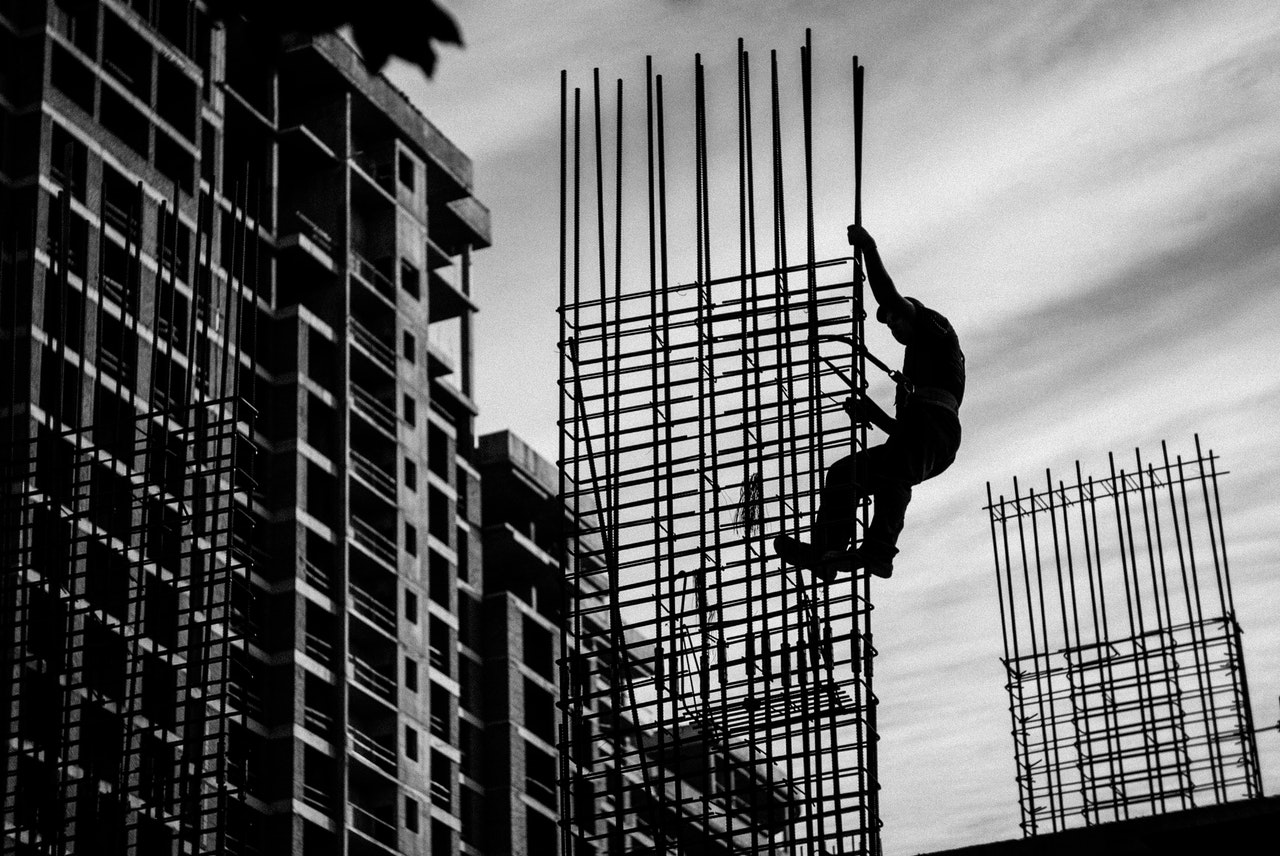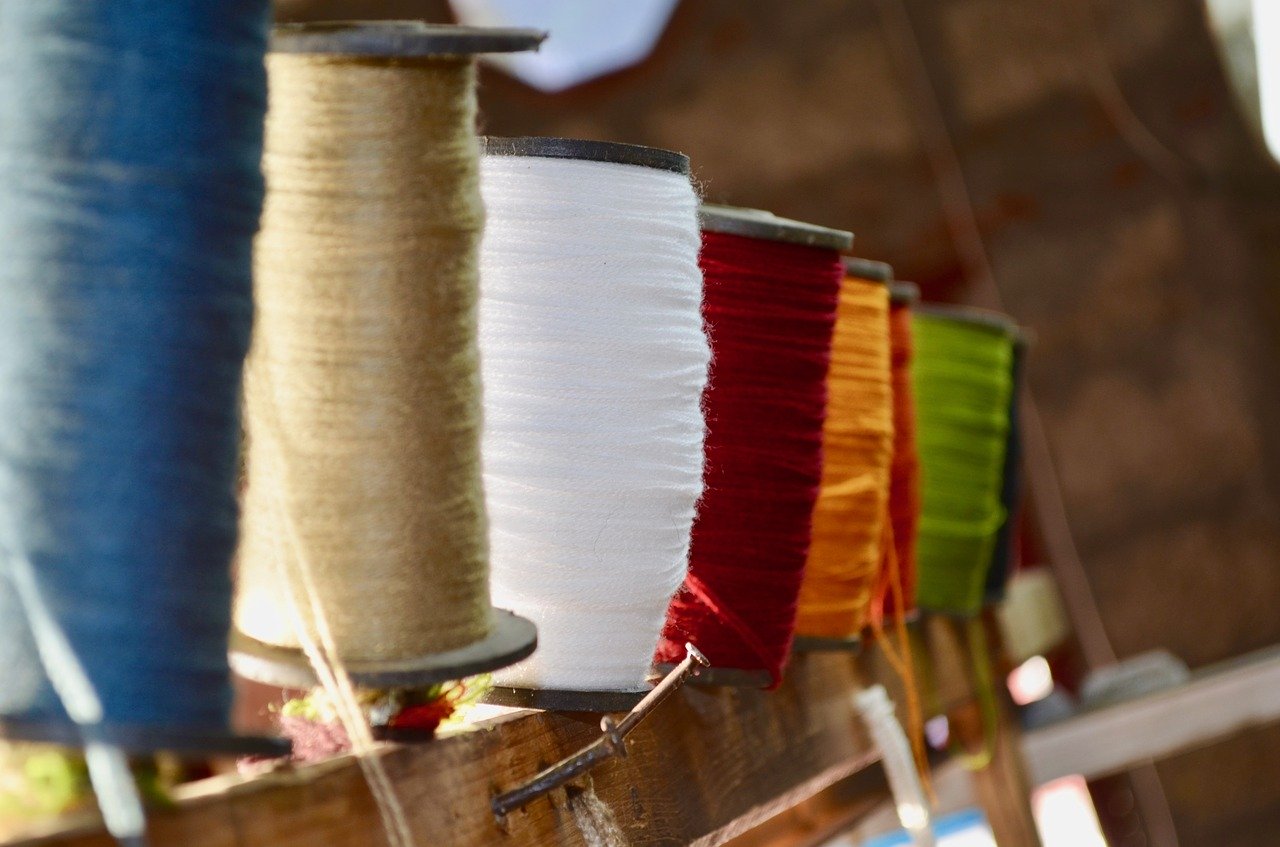When analysing the results of Sri Lanka’s parliamentary elections on Wednesday, 5 August, Dharsha Jegatheeswaran (Adayaalam Centre for Policy Research, Jaffna, Sri Lanka and LSE alumnus) argues that the role of Sinhala Buddhist nationalism cannot be overstated.
Last week parliamentary elections in Sri Lanka firmly ushered in an era of authoritarianism, as the Sri Lankan Podujana Peramuna (SLPP) party swept polls among the Sinhala majority population on the island. The SLPP is also known as the ‘Rajapaksa party’ – after the founding clan that currently dominates Sri Lankan politics, best known for having overseen the end of the decades-long civil war on the island, a phase characterised by numerous atrocity crimes in which the UN estimates over 70,000 Tamil civilians were killed.
The family first came into power in 2005 with the election of Mahinda Rajapaksa as president, who quickly appointed several members of his family to senior positions – most notorious among them, Gotabaya Rajapaksa, who served as Secretary of Defence at the end of the war. They ruled on a platform of ardent Sinhala Buddhist nationalism, silencing human rights defenders and crushing dissent, particularly from numerically smaller Tamil and Muslim communities.
Even after the armed conflict ended, human rights violations continued with an endemic culture of torture and disappearances. Despite numerous UN reports cataloguing the gross extent of their violations, the Rajapaksas’ popularity began to wane in the south of the country only as allegations of corruption and economic woes were beginning to be felt by the Sinhala majority that brought them to power. In 2015, as Sinhala frustration grew and with a significant Tamil and Muslim turnout, Mahinda Rajapaksa was voted out of office.
But just five years later, his brother Gotabaya’s ascendance to the presidency and their party’s landslide in the parliamentary elections are a reminder that the dynamics that created Sri Lanka’s cycles of violence remain firmly in play.
The Fall
In 2015, the Rajapaksas lost both the presidential and parliamentary elections in a surprising turn that saw the rise of a coalition of parties under the umbrella of ‘Yahapalanaya’, the word for good governance in Sinhala. Importantly though, the Rajapaksas still held the majority of the vote in the predominantly Sinhala south – an often overlooked indicator of the fragile transition that had happened.
Many read the election to mean the country was finally ready to meaningfully deal with its past. At first it seemed like this hope was not misplaced as the newly elected Yahapalyana government co-sponsored Resolution 30/1 at the UN Human Rights Council, committing to set up transitional justice mechanisms including a hybrid court. Even Tamil victim-survivor communities on the island, deeply sceptical after decades of failed government mechanisms, took part in consultations held by the civil society-led Consultation Task Force in 2016.
But by the beginning of 2017 it was clear that the government while different in appearance, had not changed at its core, and that Sinhala-Buddhist nationalist ideology would prevail. Even as human rights NGOs and international actors swarmed into the country, holding workshops on reconciliation, senior government officials continued to reassure the Sinhala majority that they would never allow military ‘war heroes’ to be prosecuted under war crimes charges, and refused to undertake meaningful security sector reform.
Tamil victim-survivor groups quickly recognising the duplicity and began protesting in the streets, with displaced communities and families of the disappeared setting up continuous roadside protests in early 2017. Last week marked 1,250 days that Tamil families of the disappeared across the North-East have been protesting for truth and justice about their disappeared loved ones – many of whom were disappeared at the end of the war under Gotabaya’s tenure as Secretary of Defence.
The Revival
The Yahapalanaya government’s attempt to sell Sinhala nationalism at home and reconciliation abroad was ultimately a futile endeavour because no one in its ranks could do ‘Sinhala nationalism’ quite like the Rajapaksas could. Soon after their shocking loss in 2015, the Rajapaksas christened a new political party, the SLPP, a bold move in a traditionally two-party game at the national level. They began effectively spreading the message that the Yahapalanaya government was selling out the Sinhala nation to the international community, both politically to the West, and economically to China and India. Their campaign focused on a populist and even more strident nationalist ideology, courting the powerful Sinhala-Buddhist clergy and organising a powerful ground campaign in the south of the island. The allegations of corruption surrounding the Rajapaksas were soon forgotten as the largest part of the Yahapalanaya coalition, the United National Party (UNP), became quickly mired in scandal, demonstrating their own role in the corruption of the state.
In 2018, as cracks began to widen in the ruling coalition, the Rajapaksas swept through the South in local council elections and then even attempted a constitutional coup with then President Maithripala Sirisena. Though the coup failed, by the spring of 2019 it was clear that the Rajapaksas were going to be an indomitable force. The tragic Easter Sunday attacks cast a light on the Sri Lankan government’s grave security failures, and made the imminent return to office of the ‘strongmen’ Rajapaksas all but inevitable as they capitalised on the politics of fear.
Last week’s parliamentary election gave the Rajapaksas a super-majority – achieved only a few times in Sri Lanka’s history. Over the next few months and years, there will be many analyses and explanations of the election results. While there may be multiple reasons such as the ineffectual policies and campaigning of the opposition, widespread economic insecurities, and the Easter Sunday attacks, the role of Sinhala Buddhist nationalism as a root cause cannot be overstated.
Emerging in the early 1900s, this ideology has been the bedrock of Sri Lanka’s multiple cycles of violence, and centres around the idea of Sri Lanka being the sole bastion of Sinhala Buddhism, and that it is constantly under threat. As Stanley Tambiah wrote in 1986, the Sinhala population is a “majority with a minority complex,” a description that endures.
This nationalism intersects with the economic insecurities of much of the majority community to permit parties like the Rajapaksas to sweep in claiming to be the protectors of the ‘Sinhala nation’, read by the electorate both in terms of livelihoods and religion/culture. Unsurprisingly, nationalism was not an issue the Yahapalanaya government chose to address, even in their half-hearted steps towards reconciliation.
The Fear
The Rajapaksas are unashamedly a Sinhala-Buddhist nationalist political machine whose policies are that of militarisation, authoritarianism and centralisation. While some may argue that the new government should be given a chance before receiving criticism, one need only look at the dire consequences suffered already by vulnerable communities in the first ten months of Gotabaya’s presidency.
Since November, Gotabaya has ushered in a new wave of clamping down on human rights defenders, journalists and lawyers, particularly from Tamil and Muslim communities. The Covid-19 pandemic has provided ample cover for the promotion of accused war criminals into civilian authorities and for the further entrenchment of militarisation across the North-East of the island, accomplished with ease thanks to the previous government’s failure to dismantle or reform the repressive security and surveillance structures.
Taking a page out of neighbour Narendra Modi’s book, the Sri Lankan government earlier this year began to go after non-profit organisations working on human rights via their finances, and Mahinda Rajapaksa, now sworn in as Prime Minister, vowed during election campaigns to set up a task force to investigate the NGOs that have been criticising the government. In the weeks before the election, the Rajapaksas set up an all-Sinhalese “Archaeology Task Force” to identify for preservation ‘heritage sites’ in the historically Tamil and Muslim populated Eastern province – a move seen to be an attempt to further Sinhala-Buddhist colonisation of the region.
The parliamentary election has only guaranteed Gotabaya the unchecked power to continue with the oppressive and chauvinistic policies he has reinvigorated. As celebrations take place across the South of the country welcoming back the Rajapaksas, Tamil and Muslim communities on the island have already begun to contemplate their survival.
This article gives the views of the authors, and not the position of the South Asia @ LSE blog, nor of the London School of Economics. Photo: Sri Lanka Mahinda Rajapaksa. Credit: AK Rockefeller, Flickr, Creative Commons, CC BY-SA 2.0







